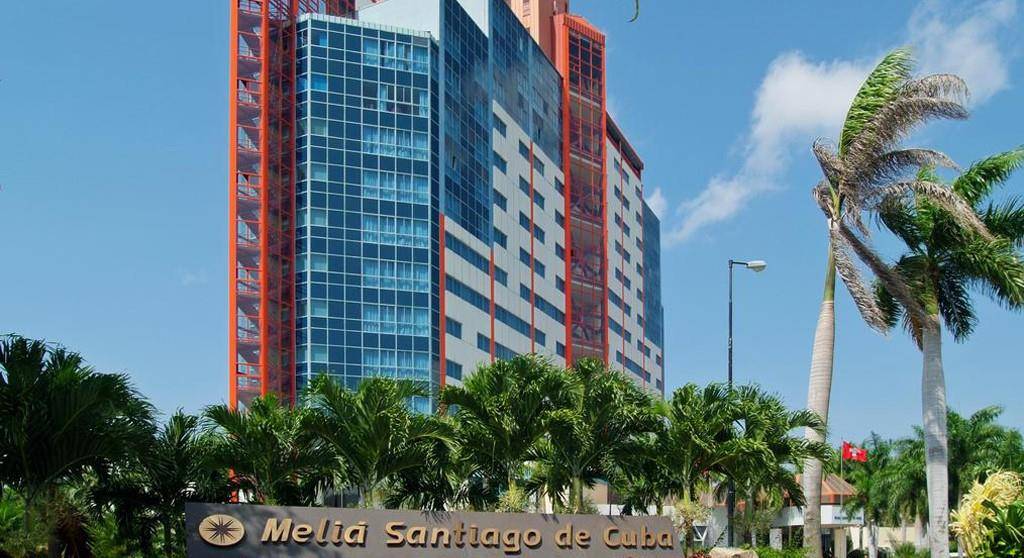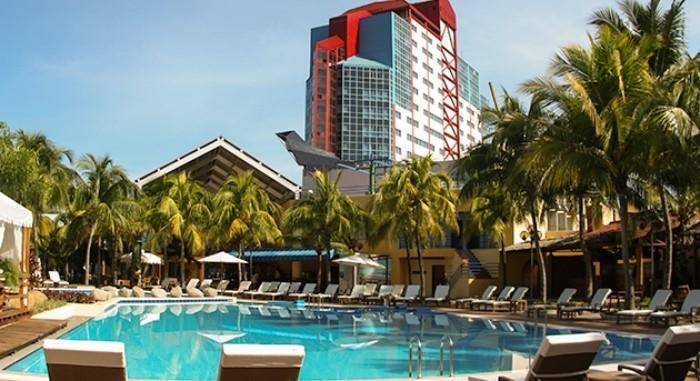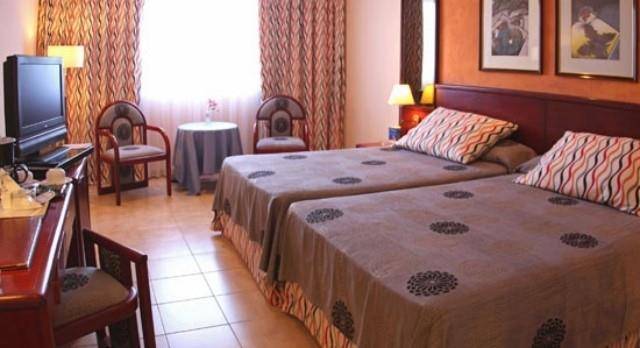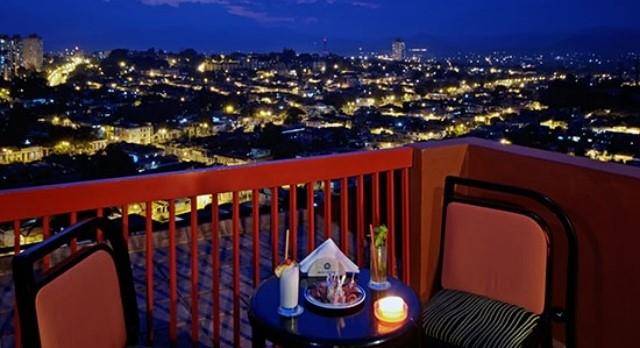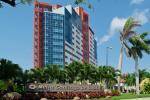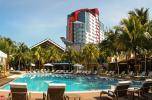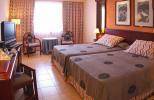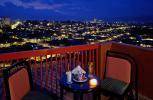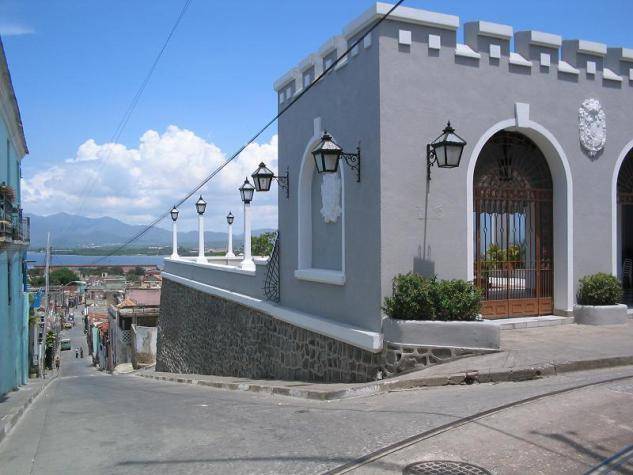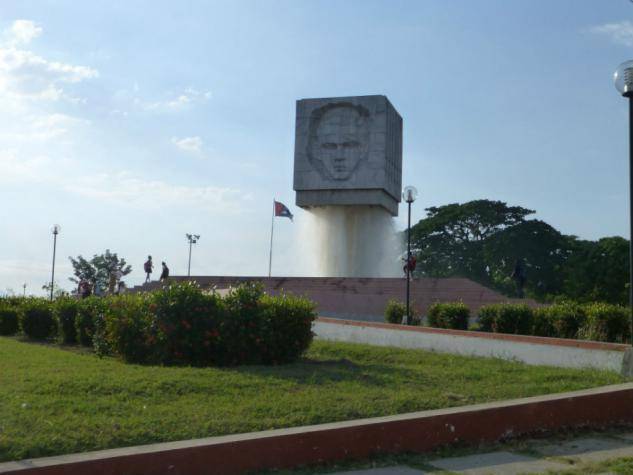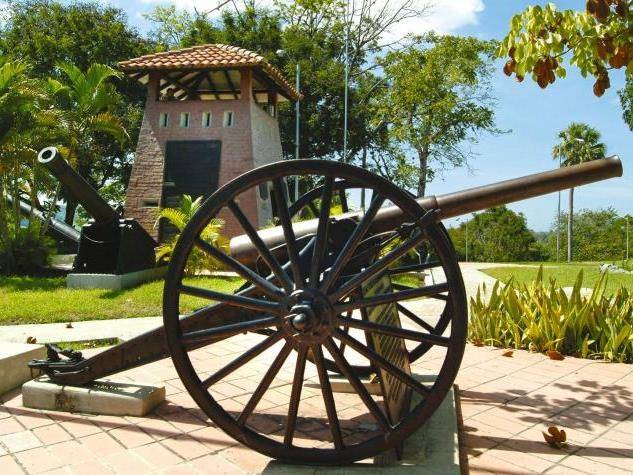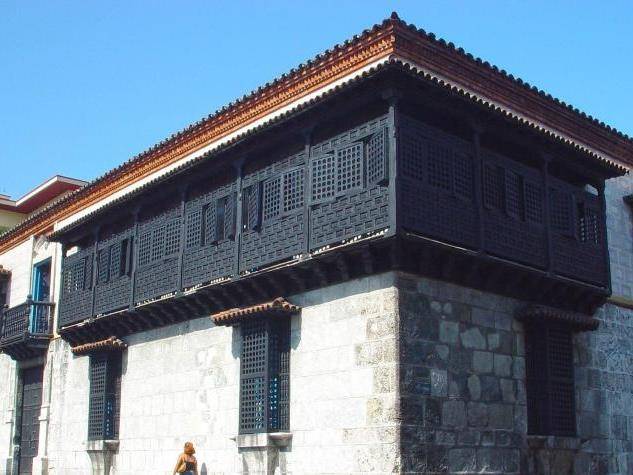
Casa de Diego Velázquez
Constructed in 1516, this structure is reputed to be Cuba's oldest house one of the oldest in the Americas, although many historians now doubt that claim. Noticeable for its black-slatted balconies, it is one of Santiago's top attractions. Diego Velázquez, the Spanish conquistador who founded the city and was the island's first governor, lived upstairs. At the moment this old house works as Cuban Historical Colonial Environment's Museum, its rooms overflow with period furniture and carved woodwork and encircle two lovely courtyards. Inside you'll find period beds, desks, chests, and other furniture. On the first floor is a gold foundry. Memorable are the star-shape Moorish carvings on the wooden windows and balconies, and the original interior patio with its well and rain-collecting tinajón vessel. An adjacent house is filled with antiques intended to convey the French and English decorative and architectural influences—such as the radial stained glass above the courtyard doors—in the late 19th-century.

